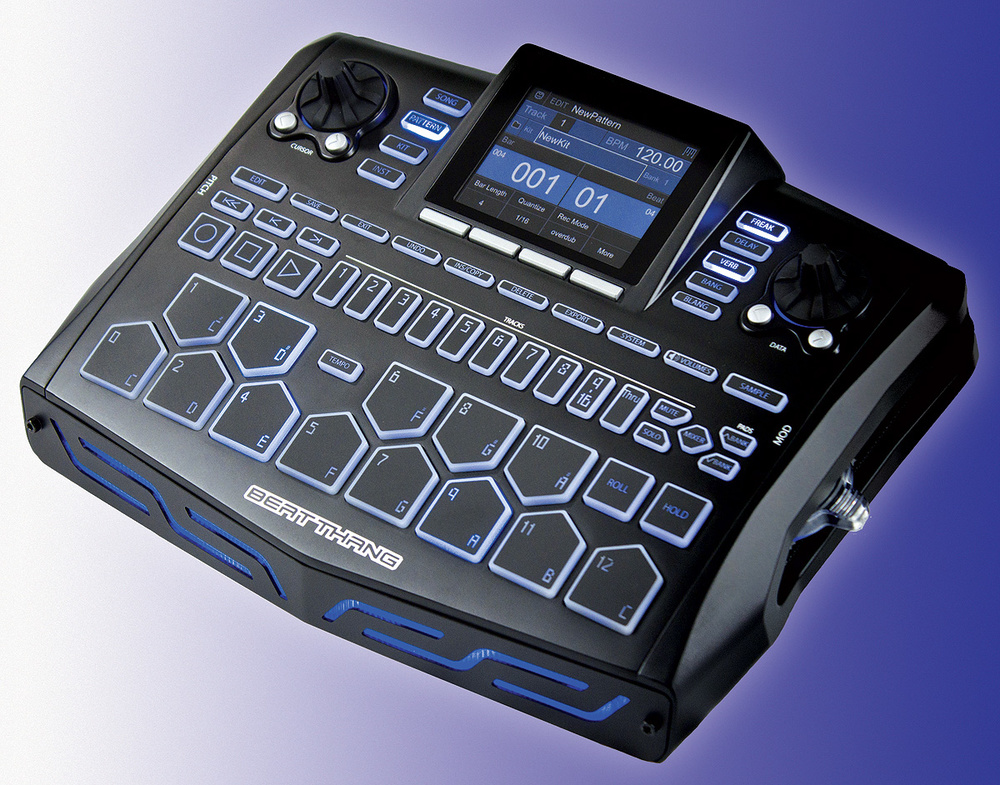mario-g wrote:That Miller guy is a salesman, I've never seen a review from him pointing out something negative from what he reviews.
Not really a salesman, just a lame loser who doesn't even understand the first thing about music. I've listened to his music, cheesy melodies, awful chord progressions.
He actually does say some negative things about different products, his favorite world to use is "janky" ( used several times when descibing the interface of the MC-101) since he's a civil engineer and terrible at describing things.
I've blocked his YouTube channel for several years now, because I can't stand the fact that he pretends to be some kind of groovebox guru, yet clearly uses gear without reading the manual, makes awful music and complains about the limitations of the gear.
Pink Bhudda, Dylan Paris, and Maxipok do a WAY better job than Gabe Miller of using the Force.
In regards to buying the Force in 2024, anyone should buy whatever they want if it does what they want. DJs are still buying Technics 1200s Turntables in 2024, and Producers are still buying vintage synths to make music with. The gear doesn't matter, just make better melodies than Gabe Miller.




